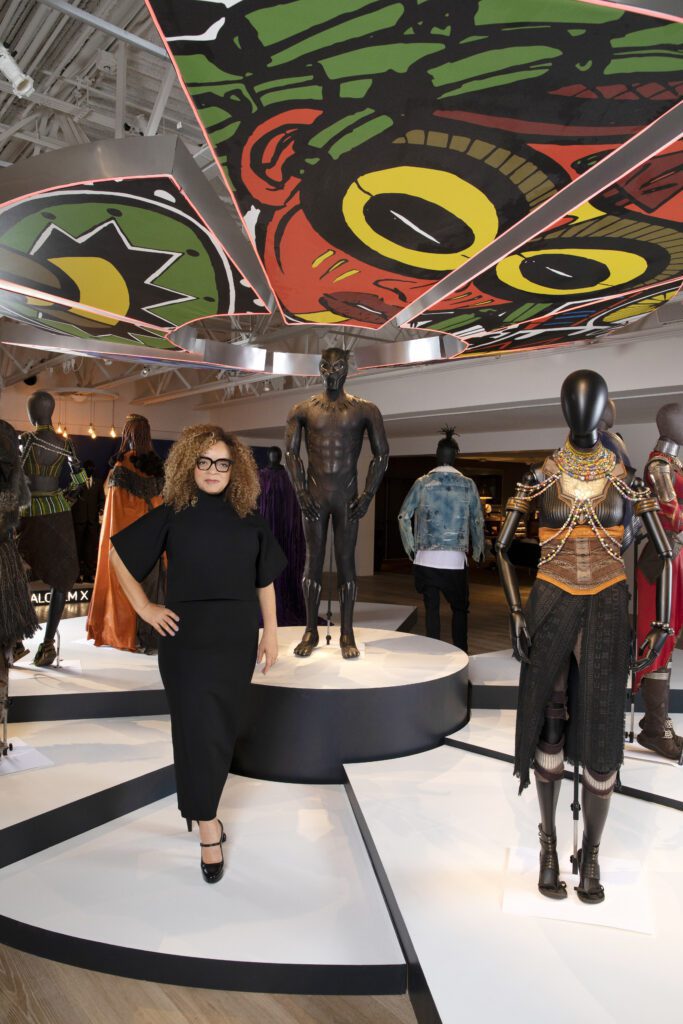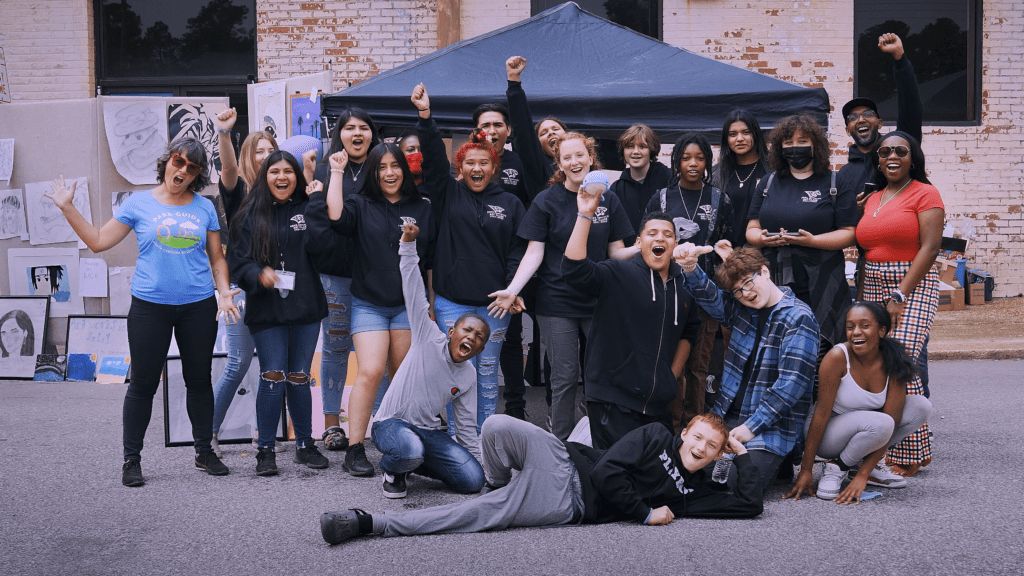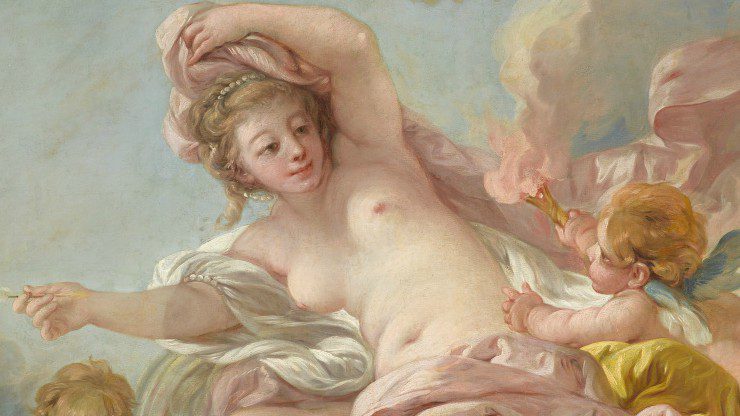Among the most exciting recent NCMA acquisitions is a magnificent gilt silver beaker for a German Hevra Kadisha (Jewish burial society responsible for funeral preparations). It was crafted at the beginning of the 18th century by the masterful silversmith Martin Breuer in Augsburg, the center of German baroque and rococo goldsmith and silversmith artistry. Engraved with a complex rhyming Hebrew dedication, it was made for the Darmstadt burial society “established in 1710 and reestablished in 1733.”


 This cup is ornamented with five rows of roundels engraved with the names of the members of the Holy Society (the literal meaning of Hevra Kadisha) along with the years the men joined the organization. Each name surrounds a zodiac symbol or other emblem associated with the individual. The dates range from 1710 to 1814. The engraved roundels were added as new members joined the society, and multiple hands can be seen in the diversity of Hebrew letter forms and zodiac symbols. The 12 months of the Jewish lunar calendar have long been associated with the zodiac, as seen most prominently in the ancient synagogue floor mosaics found in Northern Israel.
This cup is ornamented with five rows of roundels engraved with the names of the members of the Holy Society (the literal meaning of Hevra Kadisha) along with the years the men joined the organization. Each name surrounds a zodiac symbol or other emblem associated with the individual. The dates range from 1710 to 1814. The engraved roundels were added as new members joined the society, and multiple hands can be seen in the diversity of Hebrew letter forms and zodiac symbols. The 12 months of the Jewish lunar calendar have long been associated with the zodiac, as seen most prominently in the ancient synagogue floor mosaics found in Northern Israel.
This beaker documents the responsibility to ritually prepare and bury the dead, a cherished, revered practice in Jewish communities worldwide. Known as the truest act of kindness, it is done privately and anonymously, and there is no way for repayment or expressions of gratitude.*
Although associated with the mourning and sadness of funerary traditions, this beaker is actually an object of celebration and life. It was used for a banquet usually held on the seventh day of the Hebrew month of Adar— traditionally the birth and death date of Moses—an annual rejoicing by the members of the burial society that was a marked contrast to their usual activities. They celebrated with festive drinking from the same type of grand vessels used by guilds and other fraternal organizations.
Large secular drinking cups, loving cups, and trophies are also often ornamented with the names of an organization’s members. (In fact, the shape of this silver beaker is echoed today in the popular red plastic cups favored for raucous fraternity toasting, if not beer pong!)
“Raise the Cup of Deliverance” (Psalm 116:13)
This year the rhythm of the calendar suggested by the beaker’s array of zodiac symbols has extra resonance.
 This past Adar (Pisces) was the last time many in the Jewish community were able to gather in person in synagogues and in family homes to celebrate Purim on March 10 (a joyous celebration commemorating the biblical episode well-known to fans of the NCMA’s The Feast of Esther by Jan Lievens, circa 1625). Only one month later, as flowers continued to bloom in early April, many found themselves gathering with their families for the first time over Zoom to celebrate Passover seders while socially distanced during the month of Nisan (Aries).
This past Adar (Pisces) was the last time many in the Jewish community were able to gather in person in synagogues and in family homes to celebrate Purim on March 10 (a joyous celebration commemorating the biblical episode well-known to fans of the NCMA’s The Feast of Esther by Jan Lievens, circa 1625). Only one month later, as flowers continued to bloom in early April, many found themselves gathering with their families for the first time over Zoom to celebrate Passover seders while socially distanced during the month of Nisan (Aries).
Now, as we begin the autumn season, we mark the start of the Jewish New Year, Rosh Hashanah, celebrated this year on September 19 and 20, the first days of the month of Tishrei (Libra). This zodiac symbol of scales is emblematic of the divine judgment for the New Year and of the penitential High Holy Days season. The traditional Jewish liturgy declares, “On Rosh Hashanah it is written and on Yom Kippur it is sealed. Who shall live and who shall die.”

Over the past few months, just like the members of the Darmstadt Burial Society whose names are recorded on this beaker, we have all encountered illness and death. We move forward with trepidation yet continue to find moments to exalt in optimism and celebration. The elaborate dedication inscribed on this beaker’s rim features quotes and paraphrases from the Bible and the Babylonian Talmud, and describes imagery of cups and drinking addressing both death and deliverance.
So, inspired by the beauty and meaning of this prized beaker, we, too, raise our cups with the traditional Rosh Hashanah greeting for a happy and healthy New Year. And, just like they must have said in Darmstadt almost 200 years ago, we raise our cups and toast: Le-Hayyim—to life!
*For additional information on these traditions and contemporary practice, see “Kavod v’Nichum—Honor & Comfort.”

Ruth E. Carter: Afrofuturism in Costume Design
Academy Award–winner in Costume Design, Ruth E. Carter has helped bring characters to life in acclaimed Hollywood blockbusters. The NCMA celebrates the magic of her imagination.
Innovative AIM Program Reaches Thousands
Thinking outside the lines, NCMA outreach programmers connect local artists in rural communities with local students excited to discover the artist within.
Love in the Galleries
This Valentine’s Day we invite you to follow Cupid’s arrow through West Building to discover some amorous works in the NCMA’s collection.



